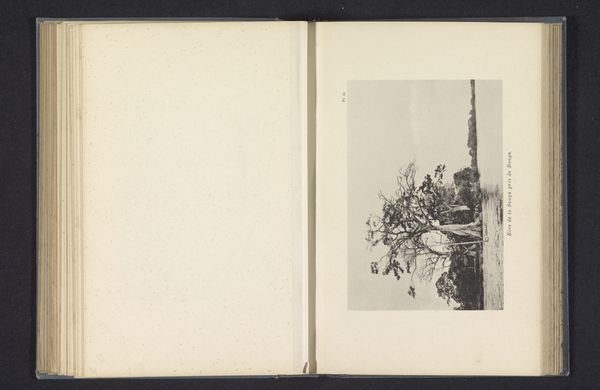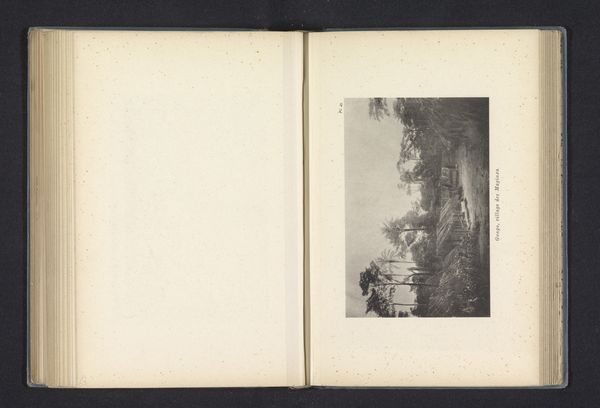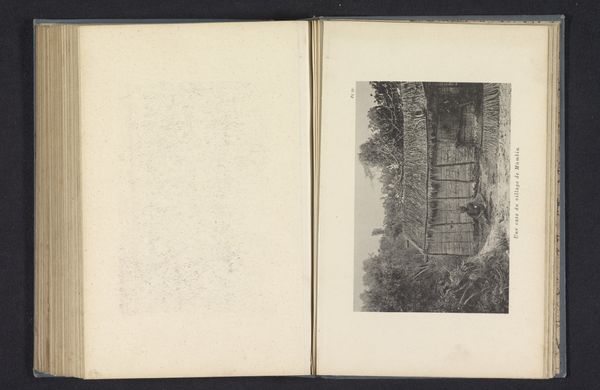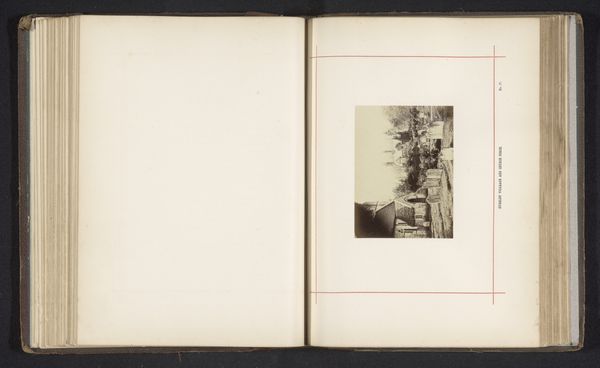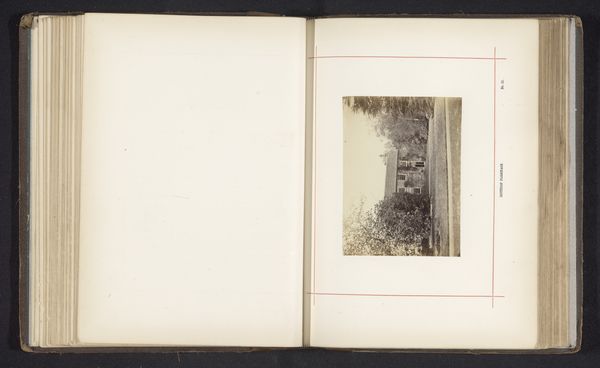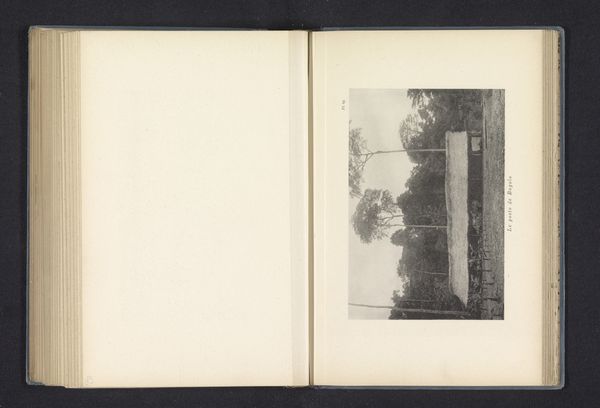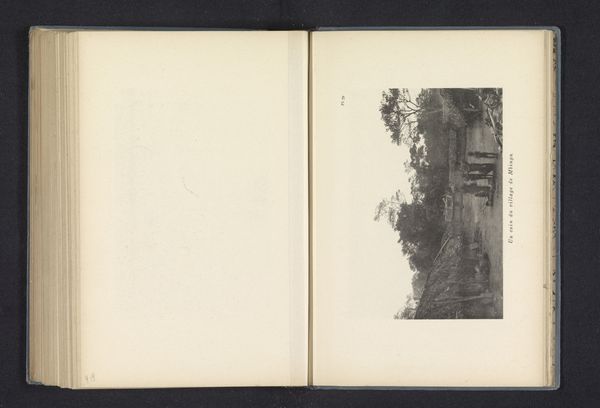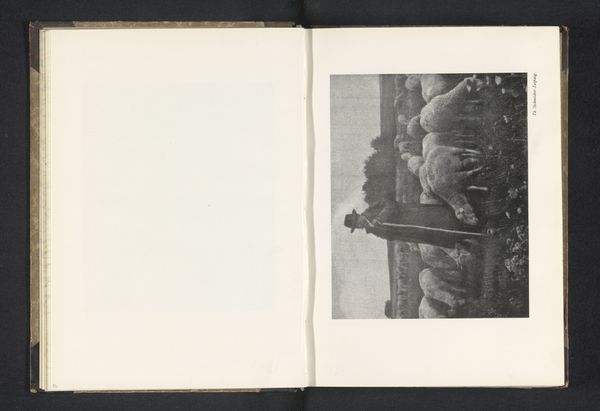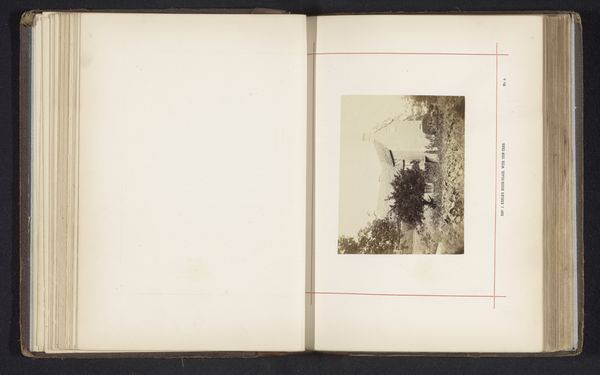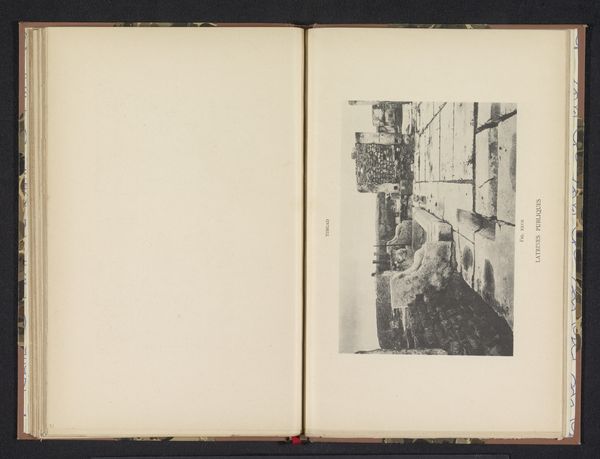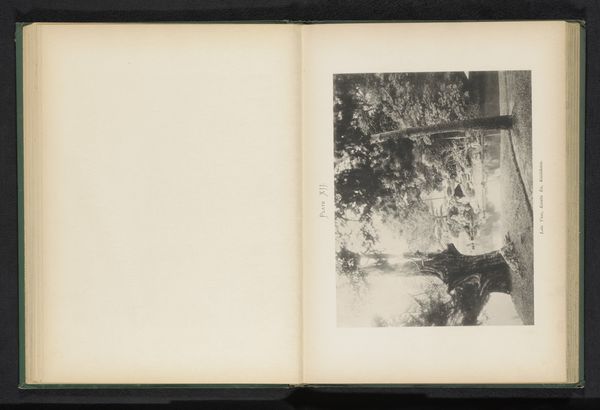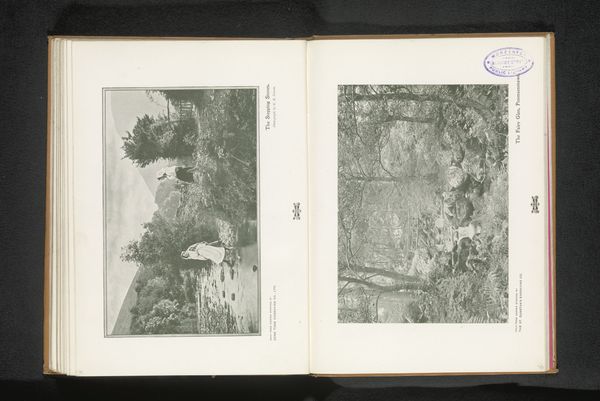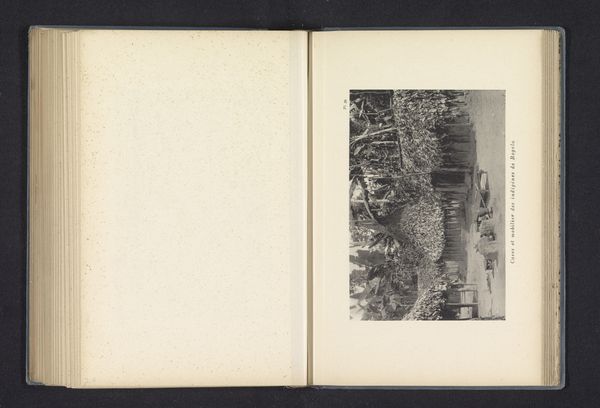
#
aged paper
#
homemade paper
#
script typography
#
sketch book
#
hand drawn type
#
personal sketchbook
#
hand-drawn typeface
#
sketchbook drawing
#
delicate typography
#
sketchbook art
#
building
Dimensions: height 110 mm, width 160 mm
Copyright: Rijks Museum: Open Domain
Editor: This is "Houten woning te Mayala," or "Wooden house in Mayala," created in 1896 by Franz Thonner. It looks like a page from a sketchbook, featuring a simple dwelling. The marks seem delicate and there's text inscribed. How would you interpret this work? Curator: The use of homemade or aged paper is intriguing. What was Thonner’s process here? The "authenticity" of his observation depended heavily on access to raw materials: what were the colonial networks that facilitated these images? The script typography too — almost like hand-drawn type — shows a conscious effort of translating experience into a portable, reproducible format. This raises questions about the division of labor between artist, supplier, and ultimately, the consumer of these images. Editor: So, the "aged" quality actually directs us towards an examination of 19th-century material conditions in the Congo? Curator: Exactly. We’re prompted to think about not only what’s represented – the dwelling itself, as a built structure—but *how* it's represented and distributed. Was this intended to function purely as personal documentation, or did it perhaps function as promotional material within the context of colonization? The sketch becomes a commodity in itself, tied to specific modes of production. The act of creating these works highlights an imperial supply chain, thus providing insight into consumer habits. Editor: That shifts my perception considerably. Instead of just appreciating the aesthetic of the drawing, I’m thinking about paper, ink, access… Thank you! Curator: Indeed, analyzing materiality allows us to perceive deeper historical, financial and power relations imbedded in something seemingly simple, allowing a view onto colonial consumption and control.
Comments
No comments
Be the first to comment and join the conversation on the ultimate creative platform.
